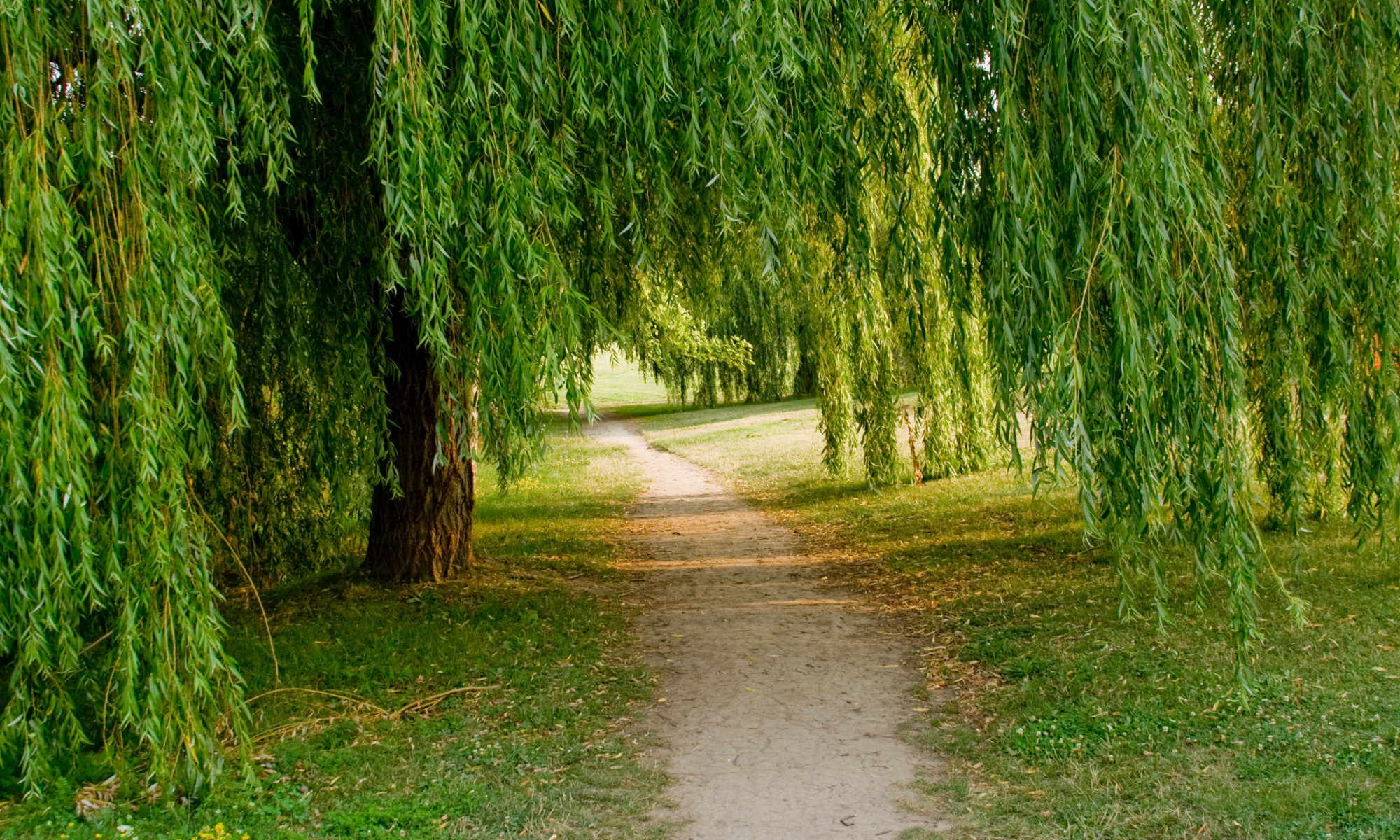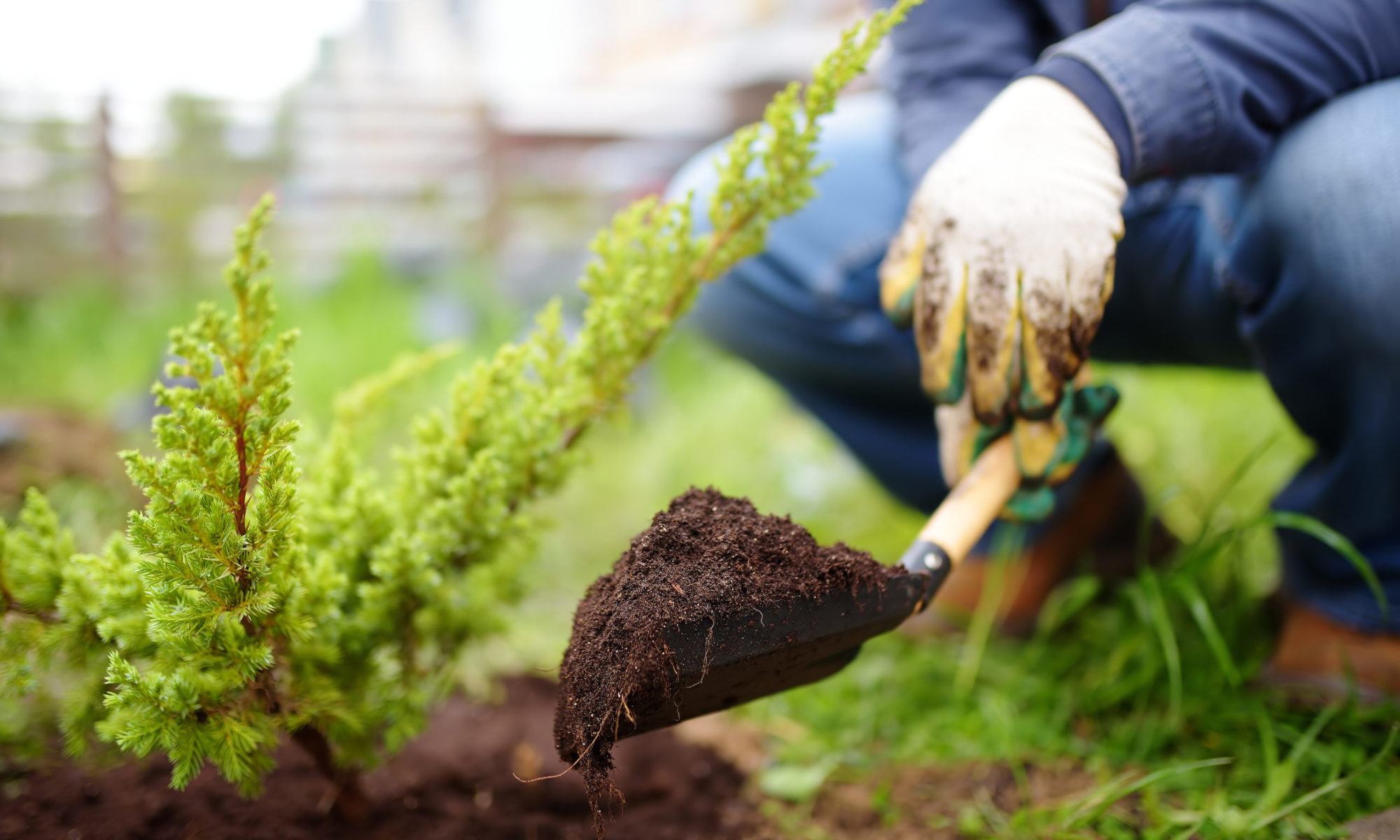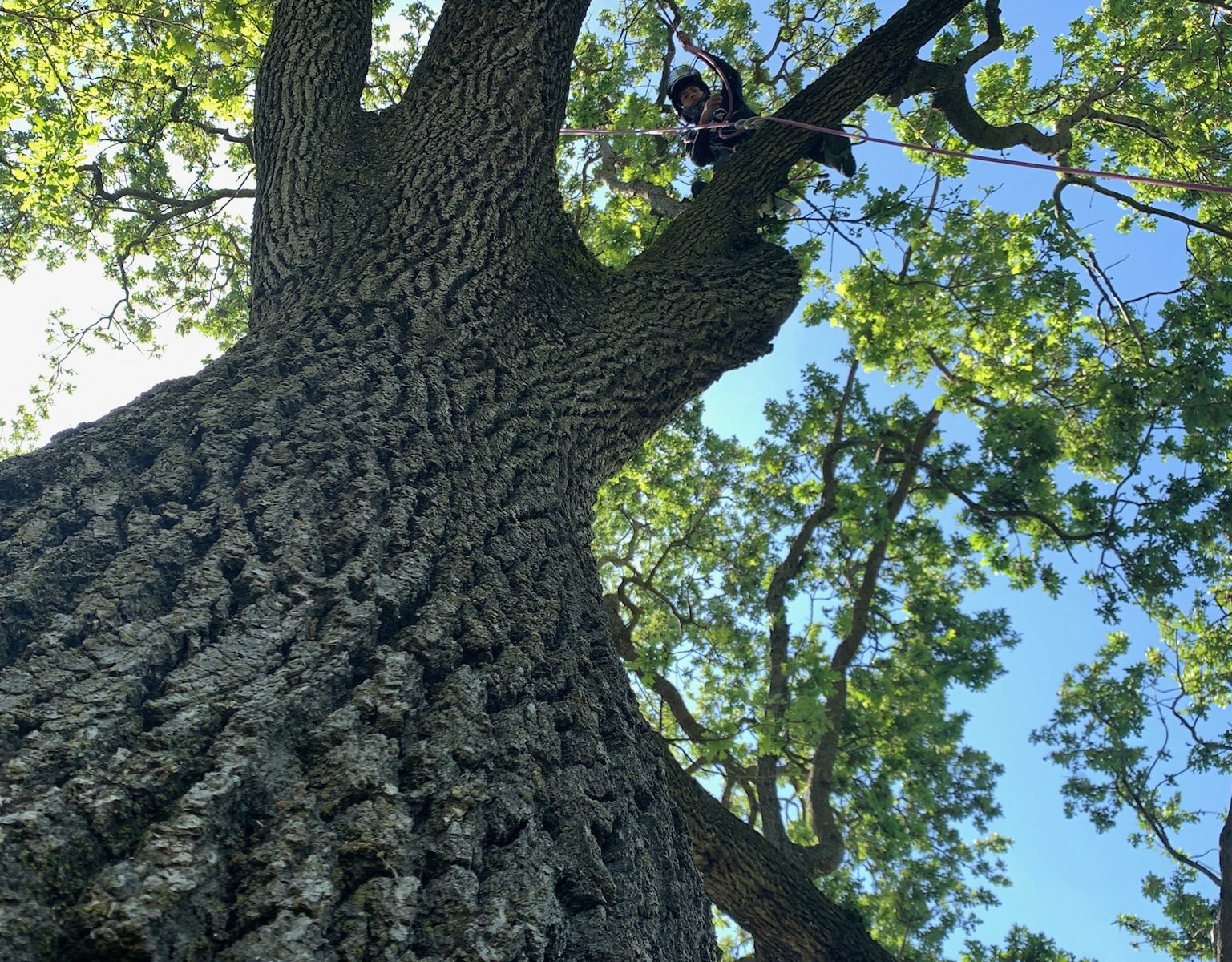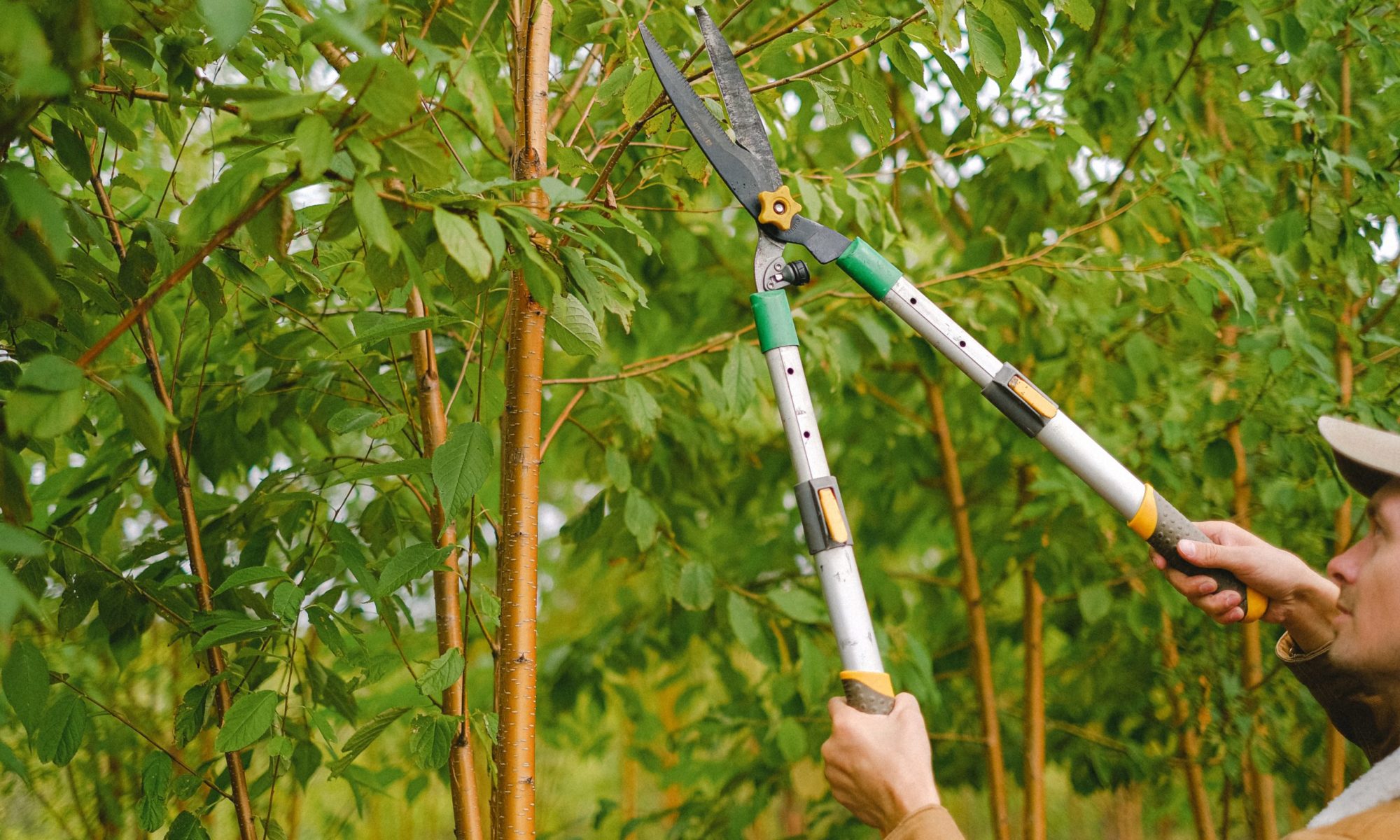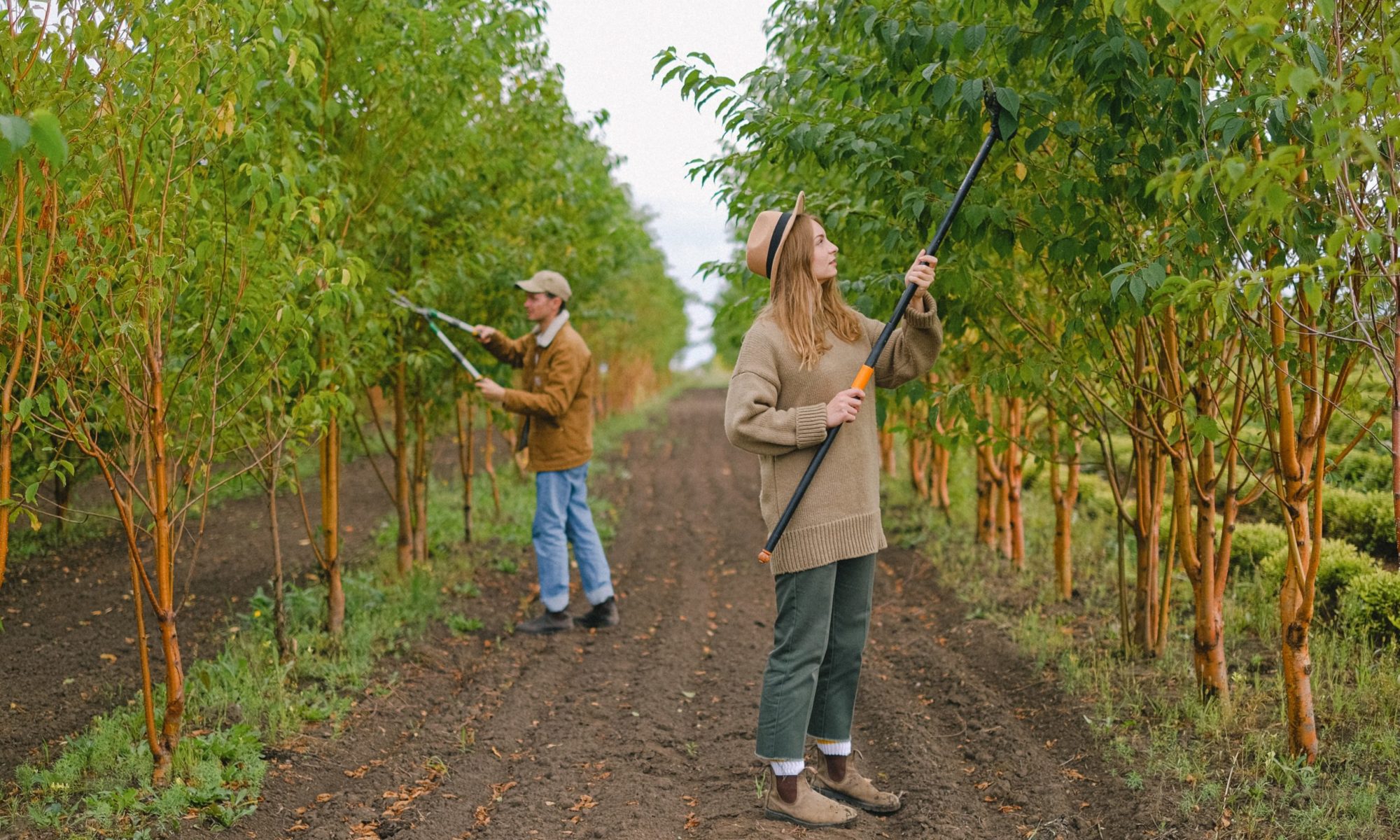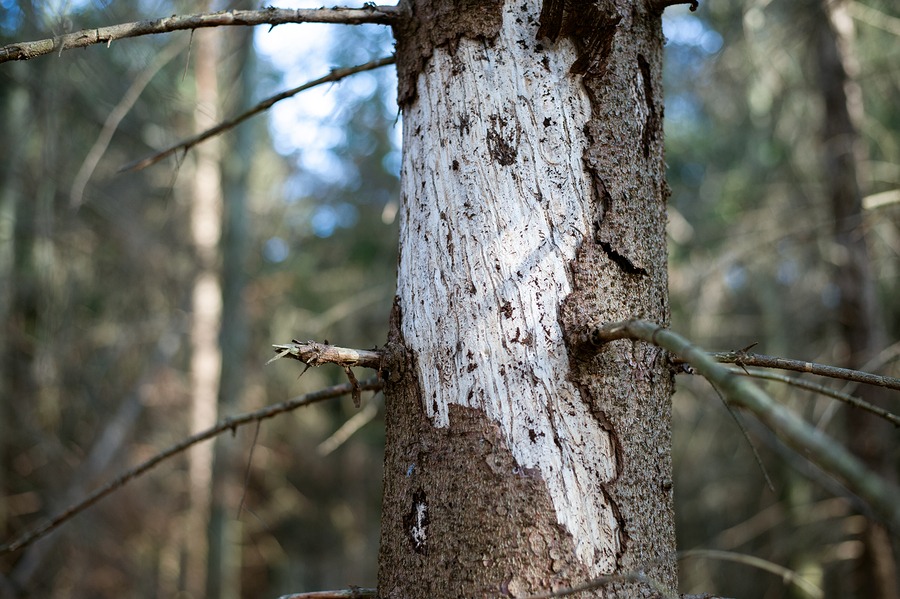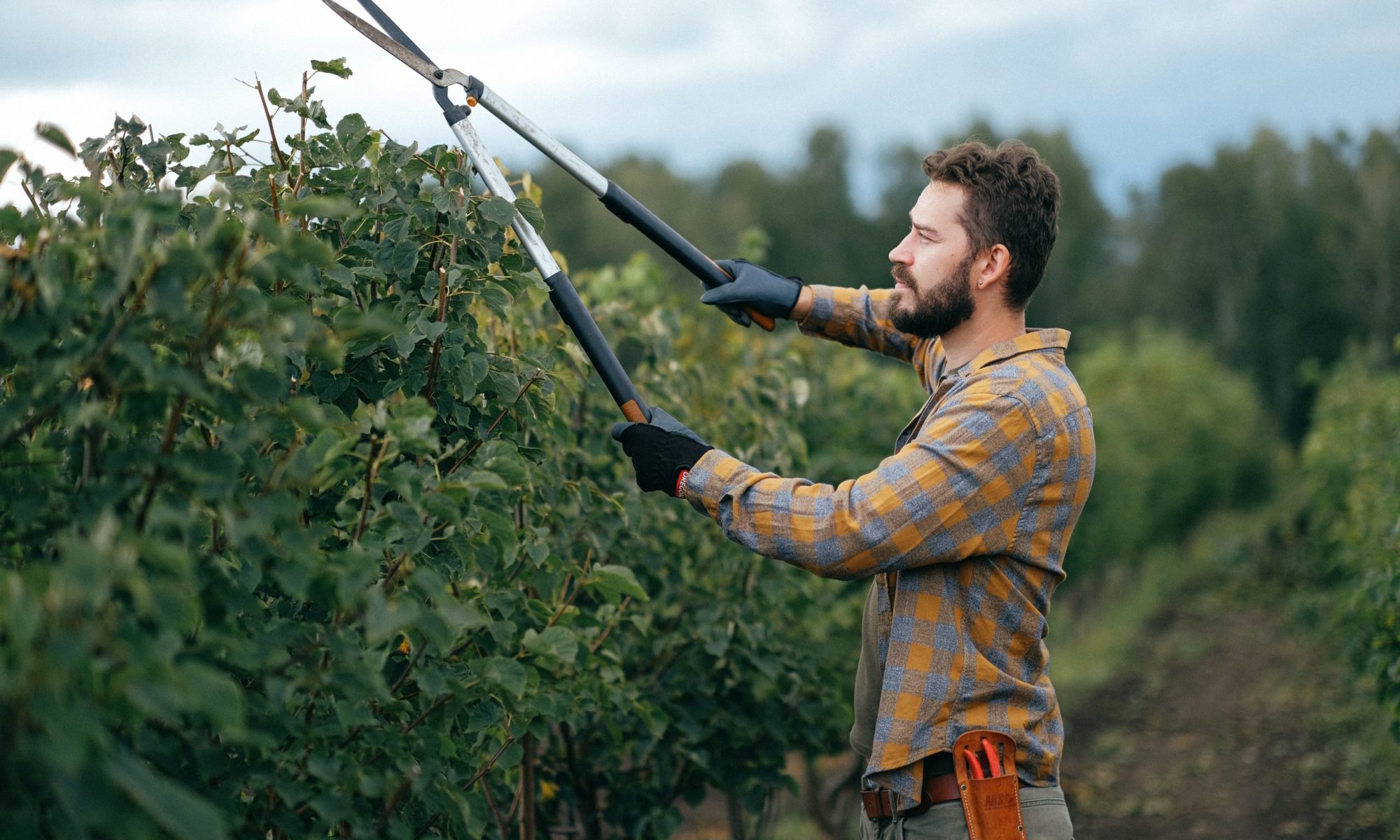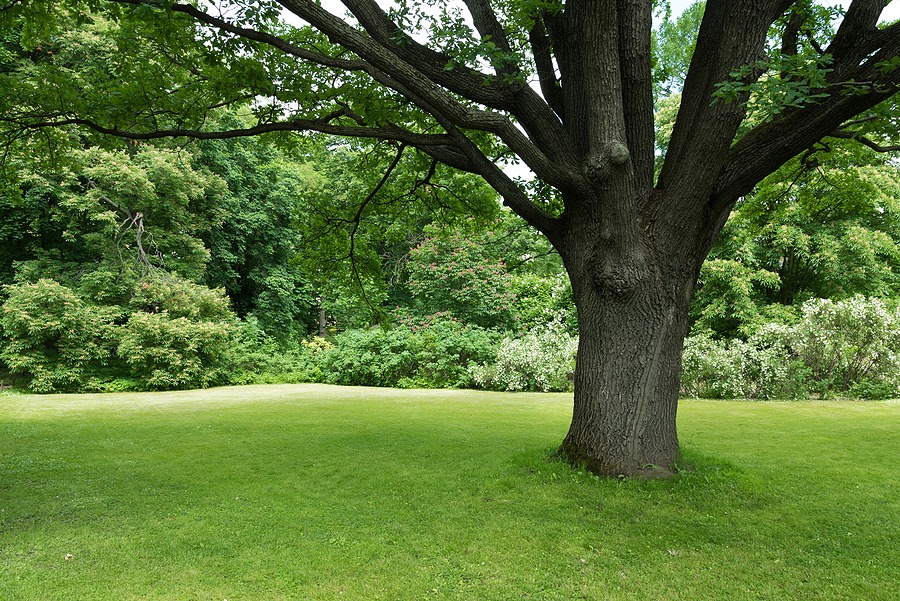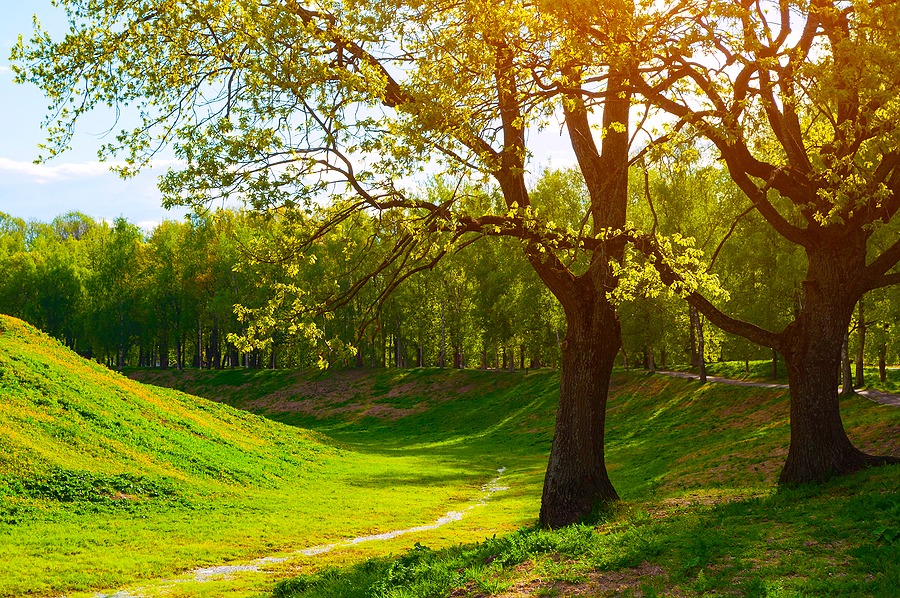Shallows, or trees with shallow root systems, are commonly featured in landscaped homes and properties. Shallow shade trees with small root systems feature roots that are only capable of growing 4 to 8 inches into the ground.
Root systems of shallows are so superficial that you can practically see them above the ground. In fact, most of its visible and surface roots are above ground and can be a nuisance in most yards. Despite being a common tripping hazard, shallow shade trees are still considered staples in most landscaped properties.
Shade Trees With Small Root Systems
If you are looking for shade shallow trees for your yard, here are some of the top choices you might want to consider as a new addition to your stunning property.
Willow Trees
Willows are deciduous trees and shrubs of the genus Salix. They are found around the world in a variety of habitats, including wetlands, floodplains, and riparian zones.
All types of willow trees feature shallow root systems. The most preferred landscaping trees under this variety are the willow tree family: the corkscrew willow, white willow, and weeping willow. They come in varying heights with the white willow growing the tallest at 65 feet at maturity. Meanwhile, the corkscrew willow grows the smallest with only 25 feet at maturity. Willow trees grow very fast but are very susceptible to wind damage due to the brittleness of their wood.
Ash Trees
Similar to willow trees, all ash trees have shallow roots too. What makes them ideal for landscaping is the fact that they can grow in any type of soil. They too grow fast but not as fast as the willow trees. Mature ash trees can grow as high as 50 feet to 80 feet tall with average widths ranging from 50 to 70 feet wide.
This deciduous tree features leaves that turn yellow, purple, and maroon during autumn, a lovely sight that makes it a popular option for landscaping.
Sugar Maples
The Sugar Maple is another favorite landscape tree that features shallow roots. However, unlike the other shade trees with small root systems, the sugar maple roots spread far from the trunk of the tree. This feature requires extra maintenance.
Sugar maple trees thrive in both sunny and shady locations. During summer, it features a dense shade, ideal for the weather. Its beauty can be enjoyed the most during autumn when the tree features bright colored leaves. They can grow as high as 80 feet tall. However, unlike the willow and ash trees, sugar maples take longer before they can reach their maturity.
Pin Oak Tree
The Pin Oak is a type of oak tree that features very shallow roots. They grow very fast and thrive best in places with a lot of sunlight. It has an oval-shaped canopy with a thick trunk that is covered by branches and leaves. The leaves are shaped like oaks, but they have a different texture than other types of oaks. The bark is also quite different from other types of oaks, giving it its name “pin” oak tree because it has small spikes that look like pins sticking out from the trunk.
They mature quite fast and can reach 80 feet tall with their canopy stretching as much as 50 feet wide. It is a beautiful sight to behold in parks and other large lawns and properties. Unlike the rest of the trees in this list, the pin oak retains most of its leaves throughout the winter season.
Get in Touch with Expert Arborists
Planning to add beautiful shallows to your property? Sexy Trees can help. Our expert arborists and landscape artists are experienced in caring for the trees on your property. We have an eye for beauty!
 Bringing Sexy Back Into Your Yards
Bringing Sexy Back Into Your Yards 
